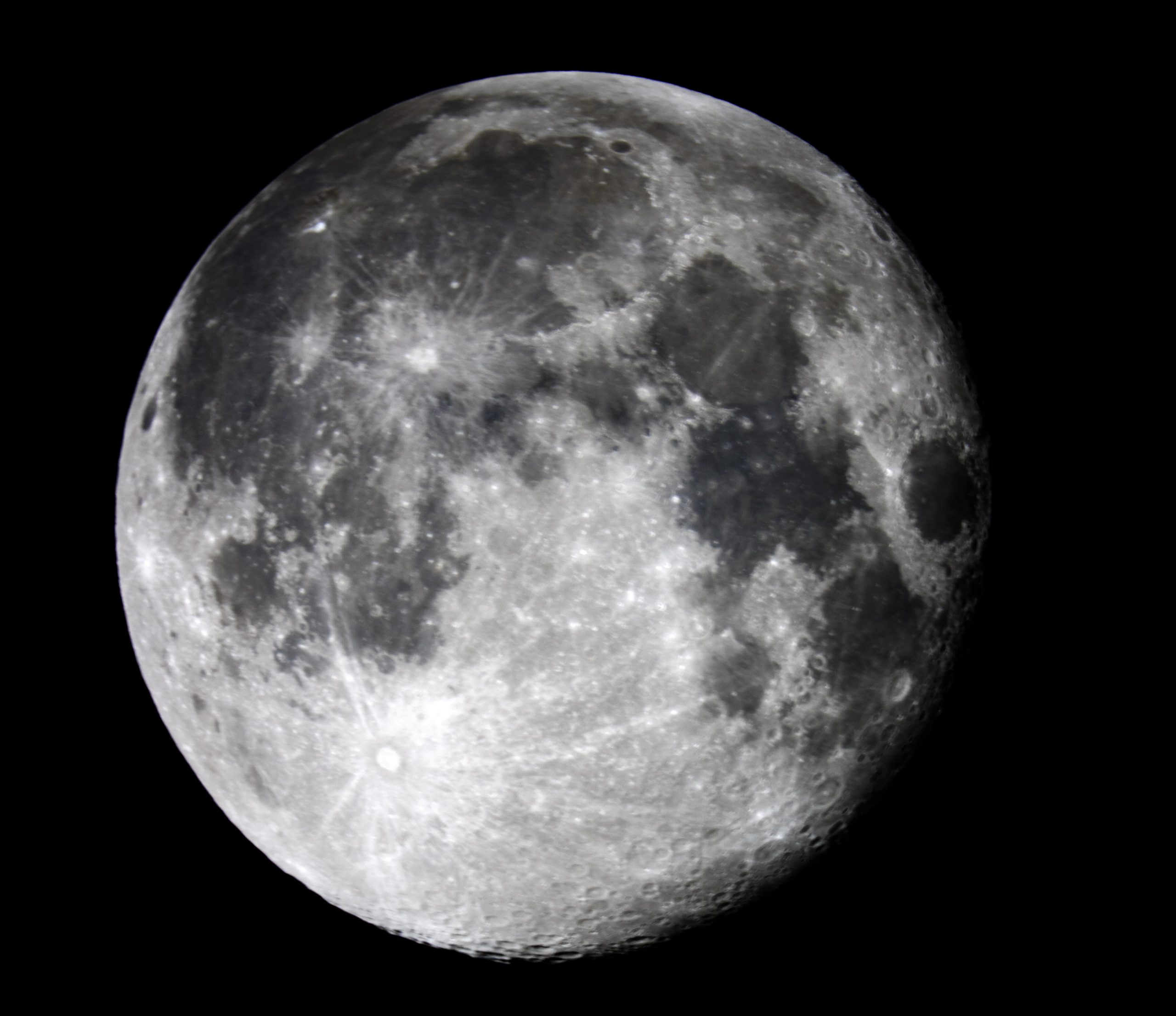
Similar Posts
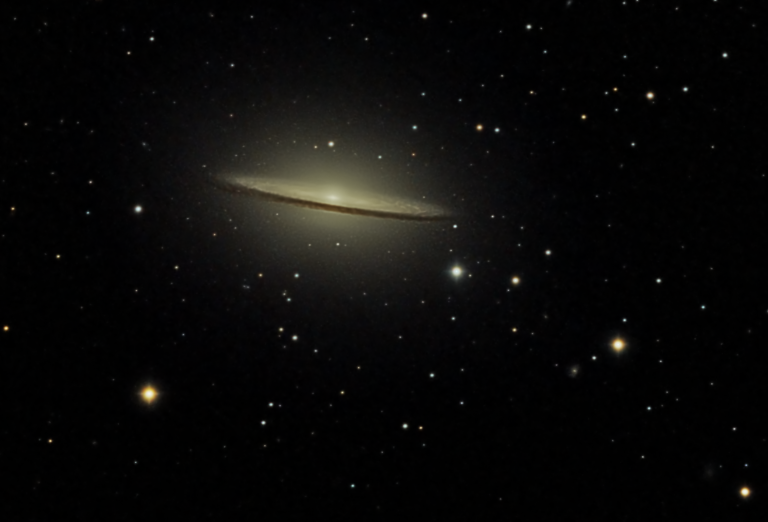
Sombrero Galaxy
M104 is known as the “Sombrero Galaxy” due to its visual appearance – but a deep, long-exposure image reveals its true structure. It’s a lenticular galaxy about 30 million light-years away, about 30% the size of our own Milky Way galaxy.
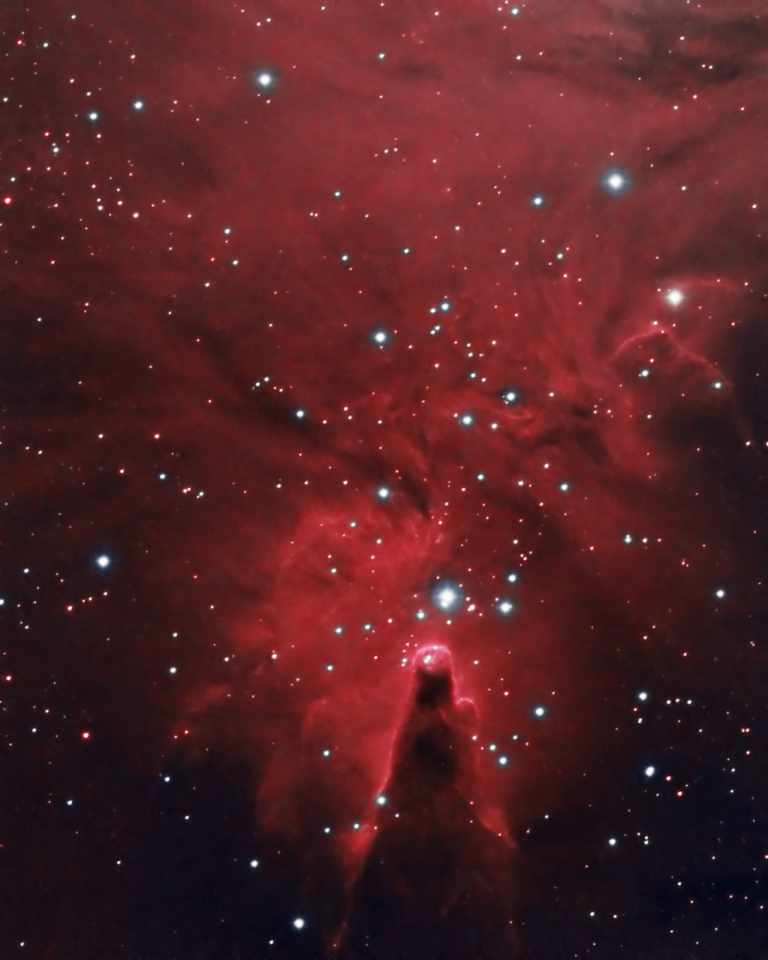
Cone Nebula
Narrowband image of the cone-shaped absorption nebula in front of the brighter emission nebula in this interesting region of the Christmas Tree Cluster, about 2,700 light-years away.
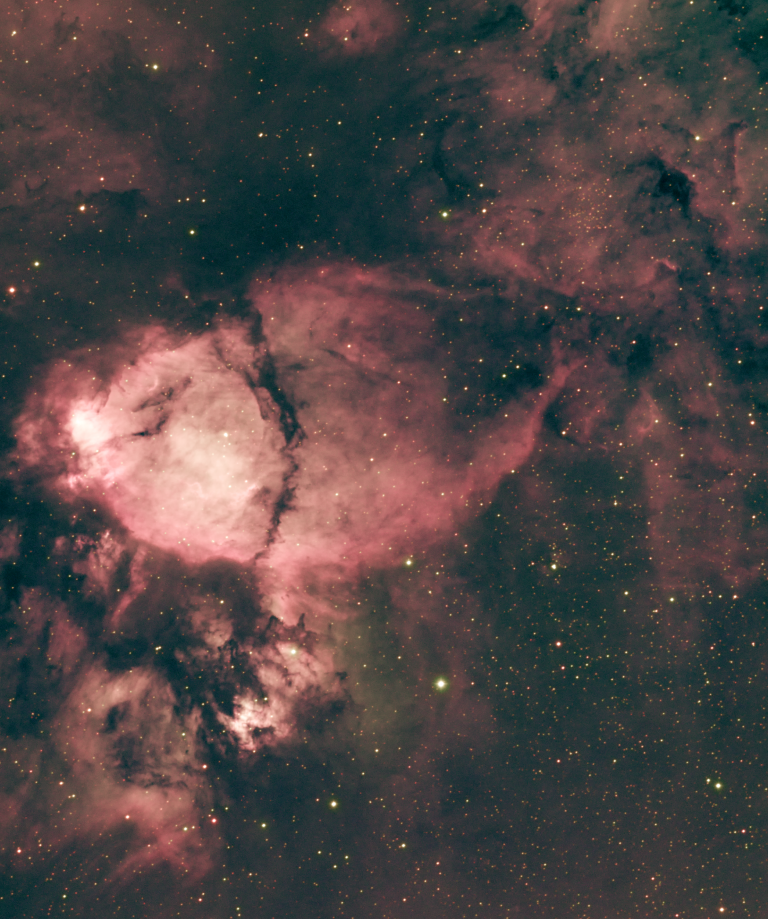
The “Fish-Head Nebula”
It’s really just a small portion of the Heart Nebula… that kinda looks like a fish. Maybe not the prettiest object in the cosmos, but it reflects a few technical accomplishments for me. About 20 hours of exposure time in total on this. Below I’m presenting it in a false-color “Hubble Palette”, as well as…
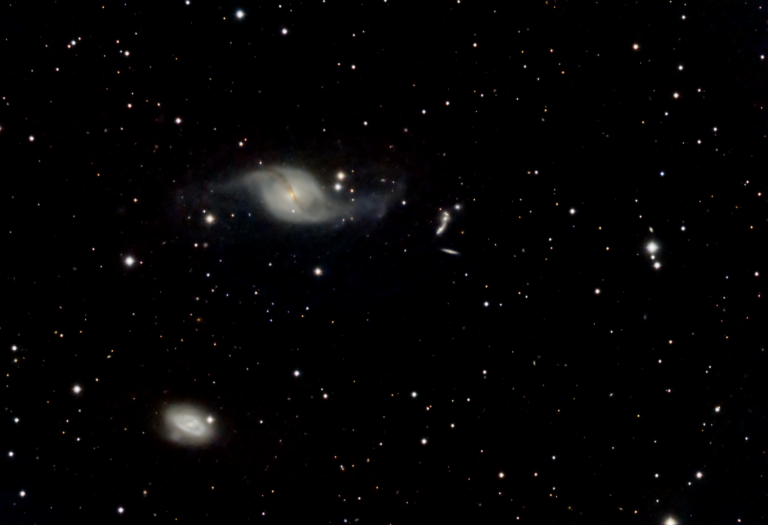
A really messed-up galaxy.
That twisted-up galaxy at the top is NGC 3718. We don’t actually know if it’s a spiral or a lenticular galaxy, because the galaxy below it, NGC 3729, appears to have warped it beyond recognition when it passed by it. Also look for the cluster of five more distant galaxies just to the right of…
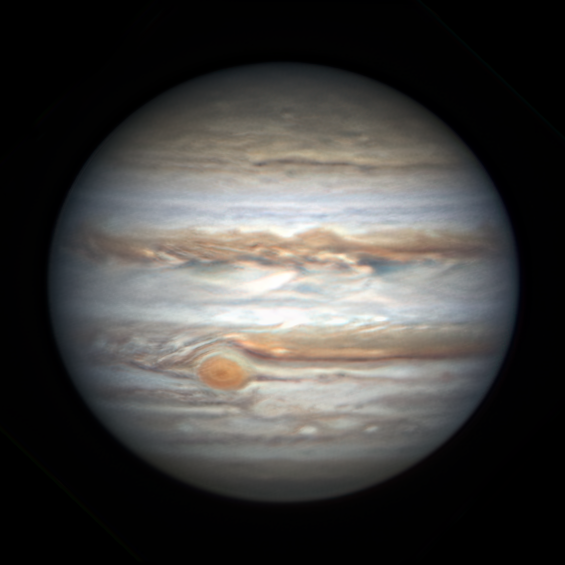
My best shot of Jupiter yet!
A lot of things have to come together for a good image of the planets. The air needs to be as still as possible, the planet you’re imaging needs to be as directly overhead as possible, and the planet itself should be as close to the Earth as possible. And then, all your equipment has…
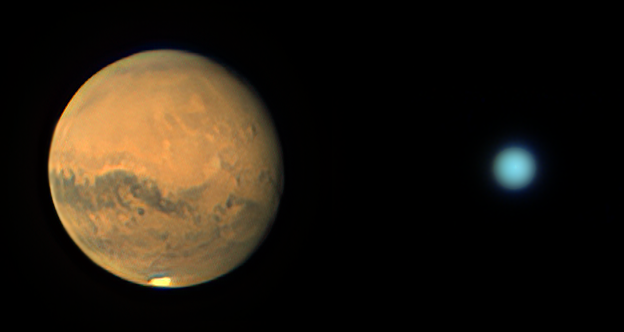
Mars and Uranus
As with any form of photography, getting a good shot is largely about being in the right place at the right time. When it comes to photographing the planets, sometimes that means getting up at a painful hour. Both Mars and Uranus are nearing “opposition” – the point where they are directly across from Earth…

